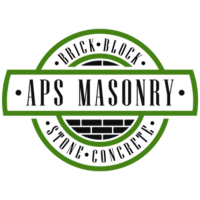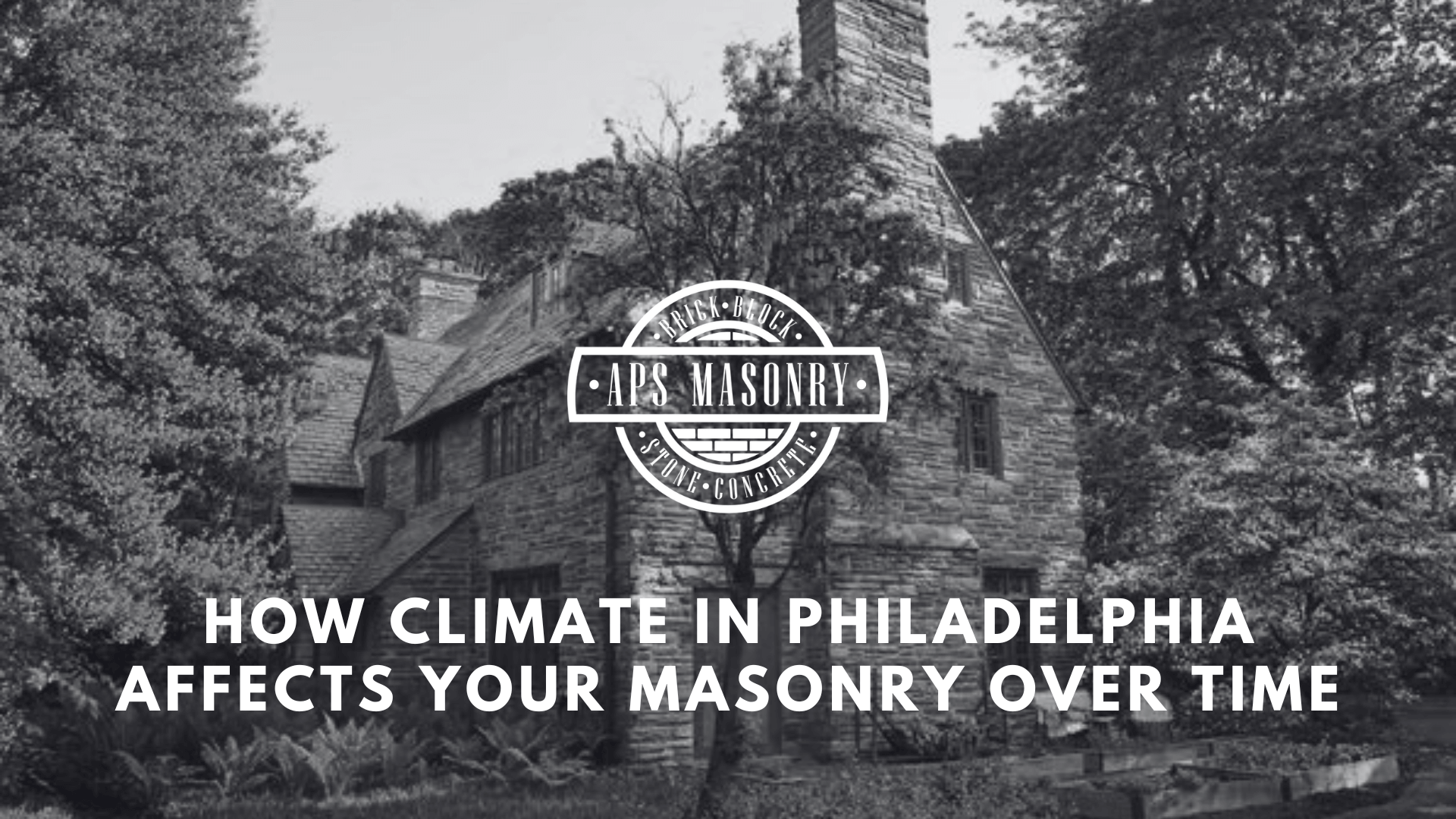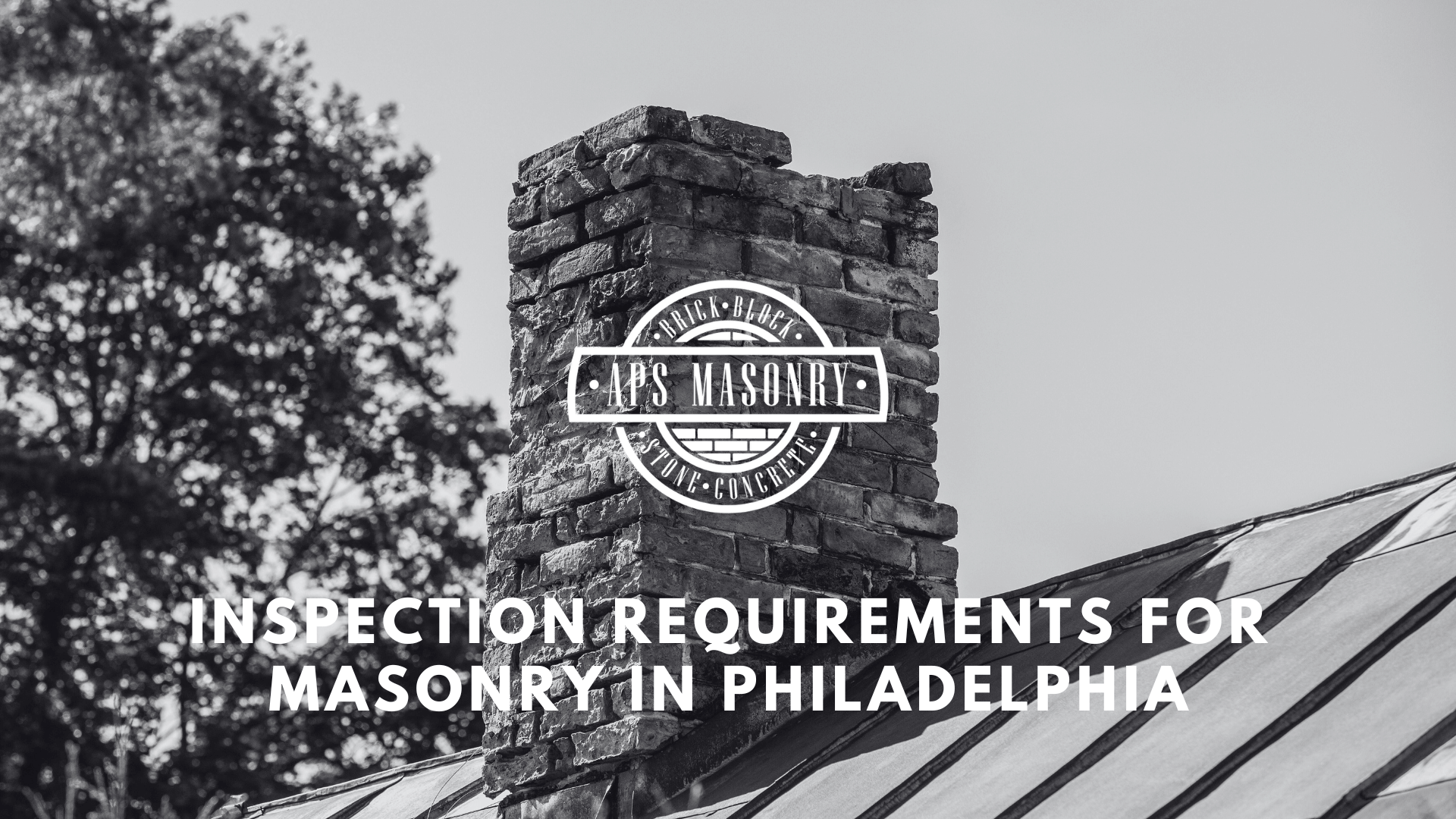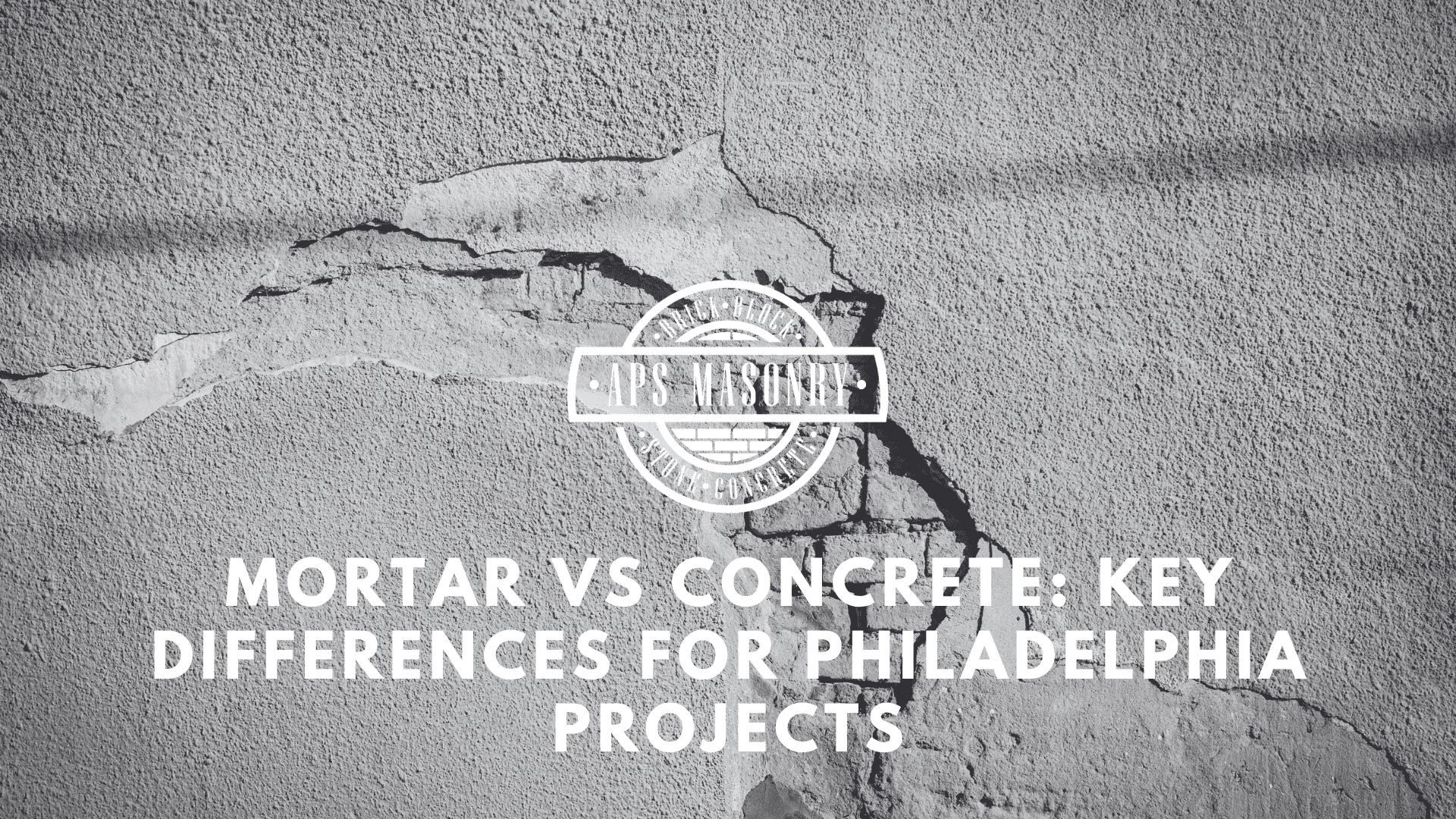Why You Need a Masonry Specialist for Your Historic Home Remodel in Philadelphia
APS delivers expert masonry restoration services that preserve structural integrity and restore historic masonry across Philadelphia.
5 min read
 Alec Serowatka
:
Jun 23, 2025 11:18:24 AM
Alec Serowatka
:
Jun 23, 2025 11:18:24 AM

Philadelphia’s climate applies constant pressure to masonry. Cold, rain, snow, heat, and humidity don’t just age a building—they reshape it.
Every year, freeze–thaw cycles, moisture infiltration, and temperature shifts cause cracks, discoloration, and surface deterioration across exterior surfaces and interior walls.
Brick, stone, mortar, and concrete react differently, but all break down when weather elements meet neglect. As moisture penetrates, it loosens material bonds, opens gaps, and erodes protective layers. Salt, dirt, and sand compound the damage. Over time, damage leads to costly repairs—not from sudden failure, but from years of gradual decline.
Philadelphia properties built with traditional materials face heightened risk. Older construction lacks modern sealing, making homes prone to slow structural wear. What starts as a stain or hairline crack often leads to deeper issues that compromise a building’s integrity.
Climate doesn’t need to be extreme to damage masonry. Ordinary weather conditions apply steady stress. Long-term survival depends on routine checks, seasonal awareness, and proactive maintenance.
Protecting Philadelphia masonry starts with awareness. APS Masonry Contracting inspects, repairs, and protects historic and modern masonry structures across the city. Prevent the small issues from becoming structural problems—book an evaluation now.
Philadelphia winters bring sub-freezing nights, followed by mild daytime thaws. Snow melts, water penetrates the outer face of brick, stone, and mortar, then freezes again overnight. That freeze–thaw cycle repeats for months. Expansion from within splits materials, forces gaps to widen, and tears apart the masonry from behind the surface.
The earliest sign appears as hairline cracks. Philadelphia typically receives between 22–23 inches of snow each winter, with January averaging about 6 inches, and snowfall occurring on approximately 5 days per season. Snow cover combined with freeze–thaw cycles accelerates brick spalling and mortar joint failure. By February, those cracks deepen and run through entire wall sections. Water evaporates slowly in the cold, keeping the surface damp. As the temperatures drop, saturated walls become pressure vessels. Any small cavity inside the wall turns into a fracture point.
Fieldstone, clay brick, and lime mortar, which are common in South Philly and Germantown homes, are particularly vulnerable. These traditional materials absorb moisture quickly but release it slowly—making them highly reactive during winter shifts.
Repairing winter masonry damage can run from $4,000 for repointing up to $25,000 if frost heave or structural separation occurs. Leaving it untreated allows internal wall systems to destabilize before spring arrives.
APS reinforces vulnerable joints with cold-weather-rated mortar mixes, seals exposed exterior brick faces to limit moisture penetration, and repairs existing cracks before expansion causes structural damage. Winter inspections focus on detecting frost-driven shifts early, when repairs stay manageable.
Spring rain in Philadelphia doesn’t fall gently—it saturates the soil, floods drainage paths, and keeps masonry wet for weeks. Rainstorms in spring generally bring 10–11 days of measurable rain per month. Persistent moisture increases risk of moisture infiltration, mold growth, and hidden interior damage in older brick structures. Older exterior surfaces, especially those with unsealed joints, allow moisture infiltration that moves quickly through brick, stone, and mortar. As that moisture penetrates, it enters the wall core and begins to break it down from within.
Once water passes the outer layer, it reaches interior walls, insulation, and framing. At this stage, mold becomes a serious risk. Combined with warm indoor air, moisture trapped inside walls creates ideal conditions for spore growth and rot—both of which carry potential health risks.
Homes in neighborhoods like Fairmount and Queen Village often suffer from poor drainage, made worse by sloped lots or aging gutter systems. Spring storms push water directly into walls, and without protective sealing, the material can no longer breathe.
Leaving spring water damage unresolved may lead to structural repair bills of $10,000 to $20,000, especially when internal framing or wall finishes require replacement.
APS inspects for early signs of moisture penetration, reseals vulnerable areas, and improves drainage paths around foundations. Crews use breathable waterproof coatings to preserve original materials while keeping spring water out of the wall system.
Philadelphia summers bring rapid temperature swings, strong UV exposure, and violent thunderstorms. These conditions combine to test the outer shell of every masonry surface. As temperatures rise, materials like brick, stone, and concrete expand. That expansion widens gaps, loosens joints, and fractures any existing weak spots.
Storm-driven water penetration fills those new cavities with dirt, dust, and runoff. When rain meets dry, cracked surfaces, it pushes debris deep into wall systems. Over time, further damage develops—not only to structure, but to the visual beauty and finish of the surface. Discoloration, mineral leaching, and surface erosion follow.
The ground shifts in high heat, especially where nearby earth becomes parched or eroded. Foundation movement during dry spells often goes unnoticed until storms drop inches of rain in an hour. The sudden pressure loads already-compromised walls, leading to bulges, shearing, or material loss.
Protecting masonry through summer starts with prompt repairs. Every visible crack or displaced joint is a breach point. Leaving them unaddressed guarantees significant damage by fall. Every surface requires attention before the cycle resets.
APS uses industrial-grade sealants to block stormwater entry, applies breathable protective coatings to retain surface smoothness, and restores surface alignment through precision pointing. Skilled masons assess typical summer damage and perform essential repairs to preserve both appearance and function.
Fall in Philadelphia marks the return of moisture and cold. Temperatures drop sharply—often overnight—while cold rain soaks unsealed masonry. These early weather shifts signal the start of a new freeze–thaw cycle, and any material left unrepaired from summer becomes more vulnerable with each passing day.
Water penetration in fall is especially dangerous. As ice begins forming in the smallest joints and cracks, expansion starts internally, long before damage is visible. Cracks that were minor in August may burst by November. Once moisture enters the wall, it doesn't leave easily.
Fall is also the first step in preventing winter structural failures. Skipping this season means the next repair won't be preventative—it'll be reactive, and expensive. Failing to fill those gaps in time means thermal stress will spread through the masonry system and shorten the life of the structure.
Critical inspections this time of year allow homeowners to identify structural movement, reinforce vulnerable edges, and maintain protective barriers. Early action avoids a cascade of repairs that winter only accelerates.
APS focuses on sealing, pointing, and pre-winter stabilization. Crews apply sealants, fill thermal cracks, and prepare joints to survive the first frost. Fall service extends the working life of each structure, reduces emergency calls, and keeps repairs from compounding through winter.
Philadelphia’s weather doesn’t destroy masonry overnight. It pushes, pulls, saturates, and expands—until the structure gives way. Every crack, every discoloration, every warped joint is the masonry responding to environmental pressure.
Homes in this city don’t break suddenly. They react—to heat, to frost, to standing water, to age. And when they react, homeowners are the ones who pay. Whether it's an older rowhome in South Philly or a three-story twin in Overbrook, the equation is the same: delayed action equals heavier costs.
Protection isn’t a guess. It’s a cycle. Each season either preserves your property—or exposes it.
Don’t wait for weather to decide when it’s time to repair. Call APS Masonry Contracting at 215 559-4582 or contact us to schedule your property assessment. Our team of professional contractors delivers precision repairs, seasonal protection, and trusted results for homes across Philadelphia.
Prompt repairs protect value. Preventative work preserves structure. The first call prevents the second collapse. Reach out today.
At minimum, a professional inspection should happen once per year—ideally in fall or early spring. Seasonal changes in moisture and temperature can rapidly create damage that isn’t visible from the surface.
Look for discoloration, small cracks in mortar, surface flaking (spalling), or signs of shifting near door frames and window sills. Musty smells or dampness on interior walls often signal hidden moisture penetration.
Yes. If caught early, targeted pointing, sealing, and crack repair can restore structural integrity. Waiting too long often leads to structural separation or full façade rebuilding, which is significantly more expensive.
Winter is ideal for inspecting structural movement, sealing pre-existing cracks, and performing cold-weather mortar repairs. Major rebuilds or surface treatments are best handled in spring or summer.
If you're dealing with interior water, recurring cracks, or signs of structural shift (like uneven floors or stuck doors), it's not DIY territory. These issues require a professional mason from APS to assess the cause—not just patch the symptom.

APS delivers expert masonry restoration services that preserve structural integrity and restore historic masonry across Philadelphia.

For most Philadelphia building owners, masonry inspections feel like just another line item—another fee, another delay, another department asking for...

Philadelphia’s streets tell a story in brick, stone, and concrete structures.